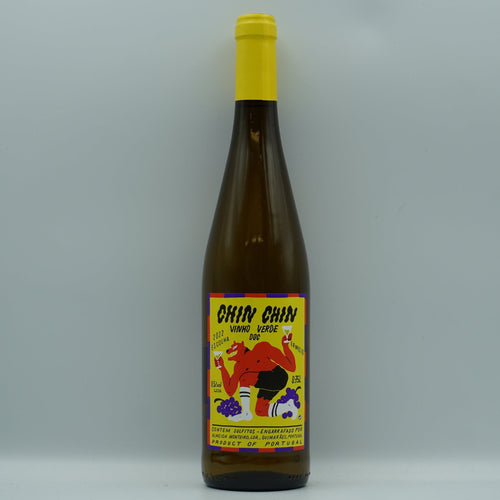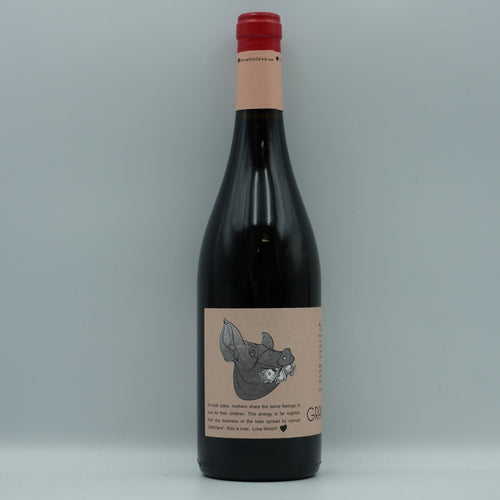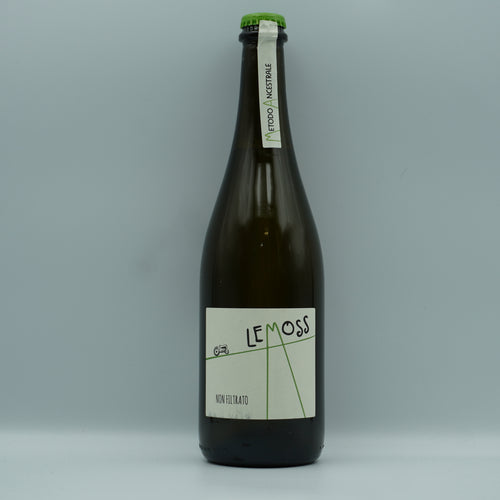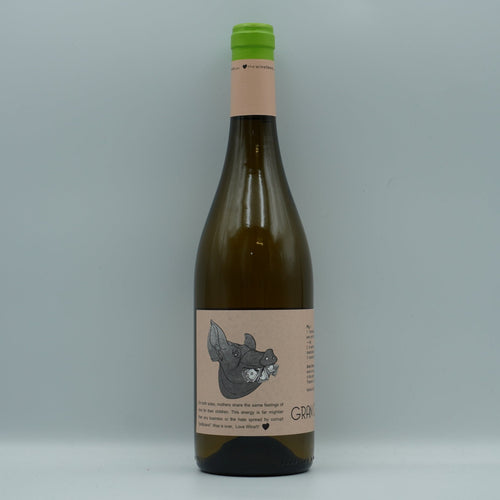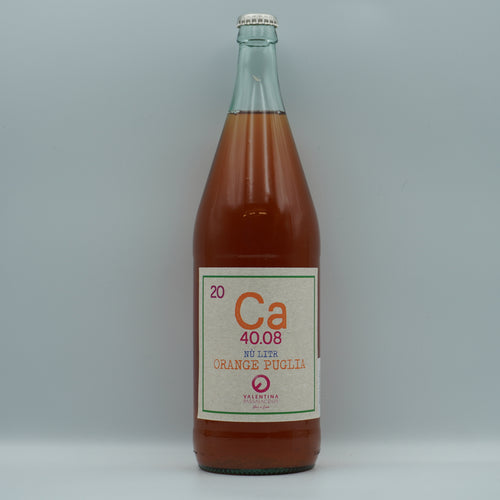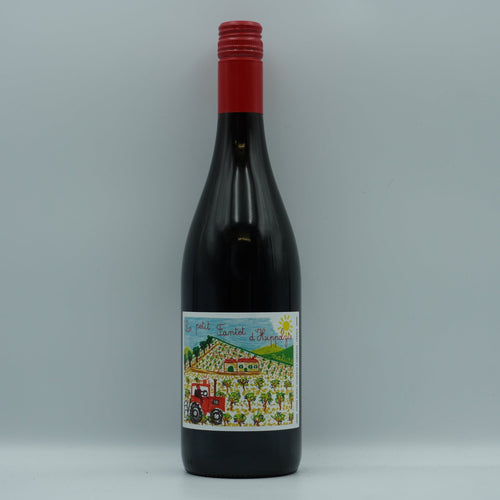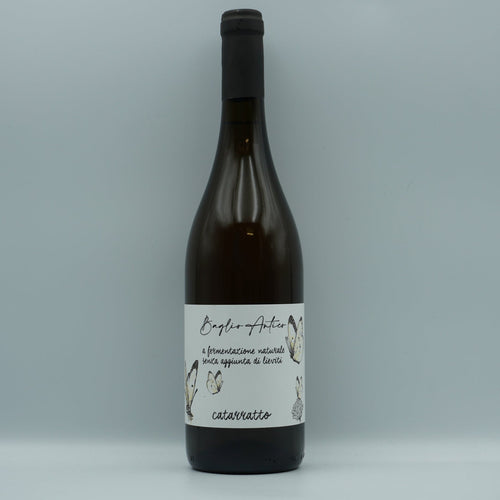SPEND £65 FOR FREE SHIPPING
Hiya! How is everyone? Enjoying life without the sword of Damocles hanging over them? I’ve only got two weeks til my exam, although you’ve got about another four weeks of these roundups coz I’m way behind. In my defence I was ill, and then I was a different kind of ill the week after that. There was a brief period of respite in the middle where I went to Valencia, but more on that in this week’s email.
Enough about me, let’s talk about wine. Chilean and Argentinian wine, to be specific. Chile is another country I’m desperately hoping will come up on the exam, mostly coz I went there last year so I might actually have a chance of remembering one of the infinity place names I’m expected to memorise. Sorry, second mention of my travels in two paragraphs. Sorry I’m so jet set. If it makes you feel better on that particular holiday I spent five days driving around and sleeping in a campervan in the Atacama desert, with a couple. A couple who are my very good friends, but still. Awkward.
Chile, in case you’ve never looked at a map, is super long and skinny, and therefore has myriad climates depending on where you are. On the aforementioned holiday we were wearing beanies and gloves one day and shorts and t-shirts the next. Can you tell how much I’d rather talk about my holiday than about grape varieties? Is that coming across? Anyway. Said longness and skinniness of Chile means there are a whole host of environmental factors that come into play regarding grape growing. You’ve got the Pacific Ocean all up one side, obviously, but that’s tempered by some lovely coastal mountain ranges, meaning the climate of most of the vineyards is warm or even hot. So hot that they have water shortages! Mental. The ocean is like, right there. There are also two opposing weather patterns that can dramatically alter the harvest from year to year – El Niño (the little boy) which brings a crazy amount of rainfall, and La Niña (the little girl) which brings drought. Finally putting my Spanish degree to good use. Olé.
On to the grapes! Chile is the land of Cabernet Sauvignon, which can be made in a bunch of different styles ranging from simple and fruity up to premium wines with rich black fruit and some herbaceous notes. It’s often blended with Merlot, Syrah, and Carmenère, which actually originated in Bordeaux, but I guess Bordeaux didn’t want it so it’s now considered a Chilean specialty. In terms of whites, it’s mostly Sauvignon Blanc and Chardonnay, plus Muscat of Alexandria which is primarily used in Pisco production. Did I mention we drank a lot of Pisco when I went to Chile? Did I mention I went to Chile?
Argentina, on the other hand, I’ve never been to. Not yet, anyway. I’ll be sure to circle back once I have and bore you all about it. Argentina, specifically the Salta province, is home to some of the highest vineyards in the world, with vines regularly being planted at over 2000m altitude. Spicy! Spring frosts are a regular problem, as are hailstorms, most notably in Mendoza. A little throwback to week two where I told you that the certified, bona fide way of avoiding hailstorms is to plant vines all over the place. Work harder not smarter, I guess?
Argentina is all about Malbec, which is something I guess I’m going to have to get on board with if I do end up going there. Maybe they do it better in Argentina, idk. Either way, the style of Malbec produced there varies massively depending on where it’s planted – lower altitude Malbec is richer and fuller bodied, while high altitude Malbec is fresher and more floral. It’s usually produced as a single varietal wine, but can also be blended with Cab Sauv, Cab Franc, Merlot and Petit Verdot. More Bordeaux wannabes. White-wise, most of Argentina’s production comes from Torrontés, yet another grape I hadn’t heard of until like two weeks ago. Welcome to the family! The best Torrontés comes from those heady high-up vineyards in Salta and is intensely fruity and floral. Yum. Chardonnay is also planted all over the place, plus some Chenin, some Sauvvy B, some Semillon and some Viognier.
Did you know they produce wines in Patagonia? Probably, coz you’re smarter than me. The two main provinces are Río Negro and Neuquén, which are regularly pummelled by strong desert winds. On the plus side, rainfall is low and fungal disease is uncommon. This information will be very helpful when I’m packing my suitcase. The wines sound yum too – the long days and cool nights make wines with fresh fruit flavours and high acid. Now I really want to go to Argentina. Maybe I could start a Gofundme. Like if I pass this exam everyone has to give me £5? Let me know your thoughts.
Anywho, let’s go shopping. We actually don’t have a ton of wine from these countries (another reason for me to go to Argentina on a work sponsored trip, ey Dan? Dan? You listening?) but what we do have is tippity top. Here’s a bargain Malbec from Mendoza, here’s a sparkly white from Chile, and finally here's a lovely red blend from Colchagua Valley. Evidently, wines from this part of the world are solid value for money. Look at that price tag! It’s so small you can barely see it!
Have a buena semana and I’ll catch you next week.
Xoxo
Megan

